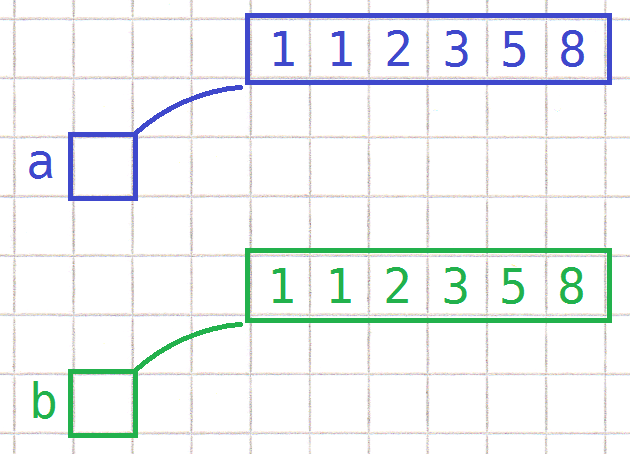
Modern C++ Features – Move Constructor and Move Assignment
In my last post I gave a little introduction to move semantics and a very brief description of rvalue references. This time I will cover two special functions that are based on those language features and are key to integrating them into each and every C++ program: The move constructor and move assignment operator.

